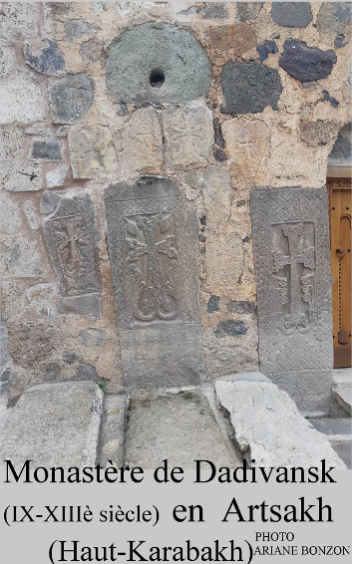On November 18, the European Council selected Herman Van Rompuy and Catherine Ashton to become, respectively, President of the European Council for a two and a half year-term, and High Representative/Vice-President of the Commission for external affairs for a five-year term. In Europe and beyond, comments have ranged from the cautiously positive to the mildly critical. On the positive side, it was noted that the selection process went on smoothly, without the night-long haggling that invariably preceded top EU appointments in the past. This time, no veto was openly cast, and the Council decided in a matter of minutes.
On the negative, both van Rompuy and Ashton are close to being unknown quantities. On the face of it, their appointment was a curious way to herald the entry into force of the Lisbon Treaty (on December 1), which had been hailed as a means to provide the EU with leadership and popular appeal. It had been a vast exaggeration to hope that the EU should “find its George Washington,” as former French President Valéry Giscard d’Estaing had imprudently demanded. Even so, the EU leaders’ choice reflected a modest view of the future role of the two designates.
The EU Council’s choice, however, was severely constrained as the EU’s three main executive jobs (the third being the President of the Commission, Jose Manuel Barroso, just re-elected for a second five-year term) had to reflect an attempt at balance between the three main EU political groupings, large and small countries, new and old members, Europe’s north and south, and, ultimately, gender.
Still, it can be argued that the EU Council acted wisely by selecting for its president a deal-maker rather than a charismatic leader. Under the Lisbon Treaty, he has no powers that he can call his own, and he must coexist with the rotating six-month presidency (which will be maintained, albeit in a diminished role). His real mission — if any — should be to build consensus among his fellow heads of states and government ; his tools will be deftness, persuasion, and moral authority. Tony Blair, quite apart from whether he has these qualities, was too big for the role. He would have exercised it at the expense of either the High Representative or the President of the Commission, and, ultimately, of the balance of EU institutions. Van Rompuy is a consensus-builder who calmed tensions in his own country : he has a chance to fit the description — in as much as there is one — of his difficult new job.
The post of the High Representative, in contrast, has great potential importance, as opposed to that currently occupied by Javier Solana. Under the Lisbon Treaty, it comes combined with the job of Vice-President of the Commission in charge of external affairs, and it commands significant resources (a budget of 7 billion euros per year, as well as an external service with 5000 officers in Brussels and 130 representations abroad). Its powers are far more substantial than those of the Council President. In fact, the High representative is the EU’s foreign minister in all but name (the title was excised from the Lisbon Treaty after the failure of the constitutional treaty, but the job description was left unaltered). Given the role key countries will continue to play in the definition of EU foreign policy, it made sense to look for a past or current foreign minister with a successful record, preferably from a big EU country : Massimo d’Alema, Hubert Védrine, or David Miliband fit that description. Only the latter’s decision to decline the offer prevented him from being given the job. Catherine Ashton’s record in foreign affairs is more modest, and she will have to establish her credentials as she builds up her new, untested position.
If the EU leadership remains fragmented, that is not by accident. The member states wanted it thus. The position of High Representative was first established (in the 1997 Amsterdam Treaty) within the Council so as not to have to entrust foreign policy to the Commission, the EU’s proper executive organ. The Lisbon Treaty brings the High Representative closer to the Commission, but at the same time diminishes the Commission’s authority and command over EU policies. The new President of the EU Council, a French idea reluctantly endorsed by Germany, inevitably threatens to take away substance and legitimacy from the Commission and its President. In consequence, with one member appointed by each of the 27 member states, and given Barroso’s record of deference to their concerns all along his first term, the Commission is today more under the influence of the member states than it ever was.
In sum, last week’s appointments reflect political reality : even with the Lisbon Treaty, EU institutions are only marginally more cohesive, and nations remain in charge. Can they bring wisdom and consistency to the system and its policies ? The choice of van Rompuy and Ashton does not look like a bad decision under the circumstances. It was relatively easily arrived at. It may reflect a reassertion of the Franco-German leadership within the Union (with Britain successfully exerting her price). All of that is unquestionably better than the deep divisions and disarray that the EU experienced from 2003 to 2008. But will it be enough to steer a Union at 27 ?

